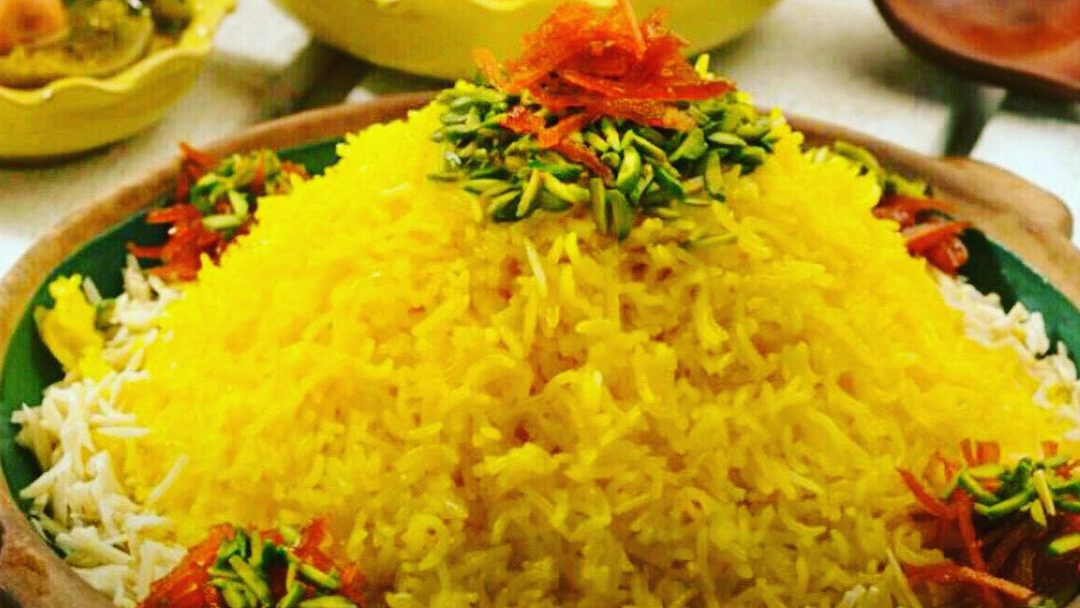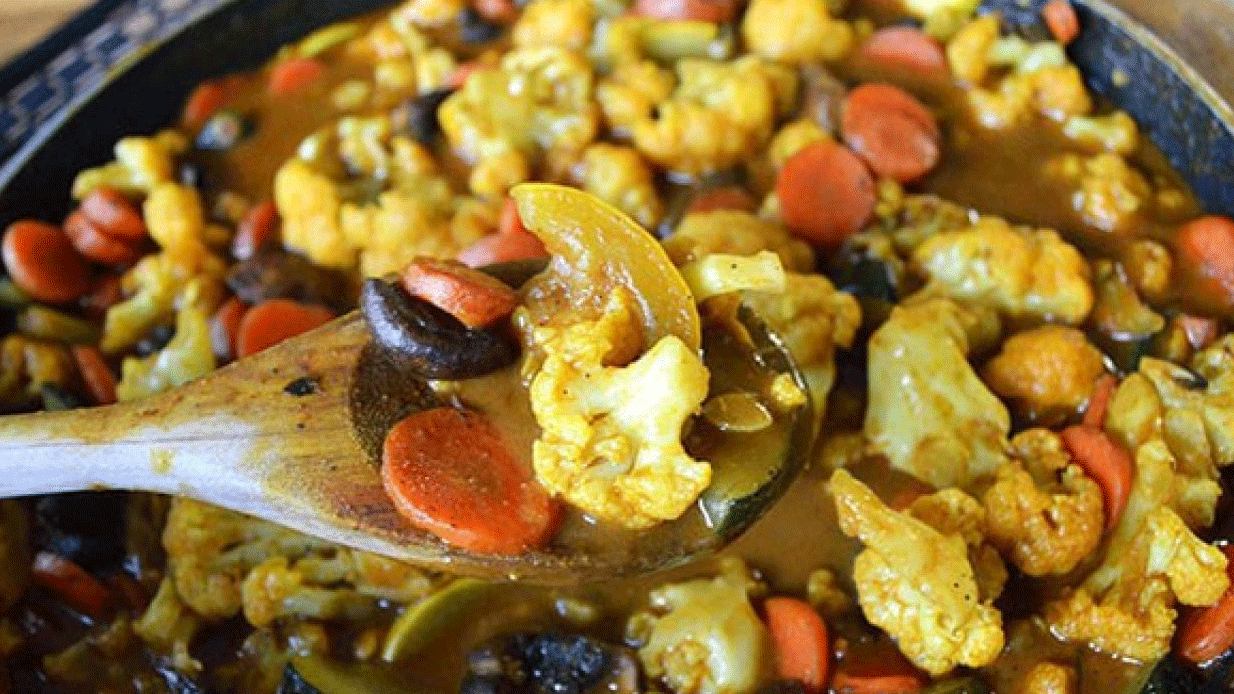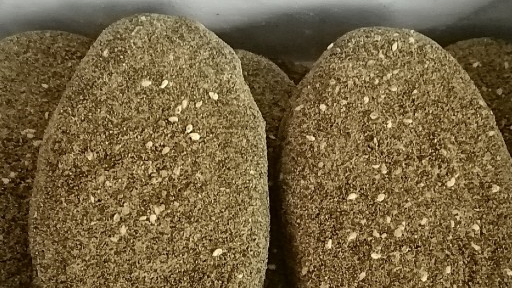
Aush-e Shuli
The people of Yazd have a traditional and popular aush called “Shuli”. According to the belief of the people of Yazd, this aush, the history of cooking which is more than five centuries old, removes cold and weakness from the body.
Shuli is cooked in two types: summer (with lentils and beets) and winter (with mung beans and turnips), and it uses a variety of vegetables (spinach, dill, and fenugreek), along with flour and spices. If turnips are used in Shuli, its color will be greenish-cream, but if beets are added, it will be red. Shuli is one of the most popular dishes in Yazidi celebrations and Yalda get-togethers. Shuli is sometimes eaten as an appetizer and snack.
Depending on their taste, the people of Yazd use vinegar or pomegranate paste to flavor Shuli. Besides Yazd, Shuli is also cooked in Kerman and Kashan, but it can be considered a traditional Yazdi dish.
Ingredients
Beetroot: 2 large or 3 medium pcs
Aush Vegetables (consisting of leek, parsley, spinach, dill, and a little fenugreek): one kilogram
Onions: three
Dry mint: three tablespoons
Lentils: half a mug
Flour: one and a half mugs
Vinegar: half a mug
Oil, salt, black pepper, and turmeric as per taste
Note:
The best combination of vegetables for Shuli is to use equal amounts of spinach and dill. Instead of spinach, beetroot leaves are sometimes used. Some people also add thyme or marjoram to the vegetable composition.
Recipe
• Soak lentils in cold water for at least two hours before cooking.
• Peel the beets and chop them into small pieces.
• Fill a pot with water and put it on medium heat until it boils. Then put the chopped beets in it and wait until it is half cooked.
• Add the lentils and vegetables to the beetroot and reduce the flame until the vegetables and lentils are cooked.
• Take a pan, pour some oil in it, and fry the chopped onion. After the onion turns golden, add salt and turmeric to it and continue frying until they get completely mixed.
• Add the dry mint. Mint should also be roasted for a few minutes before adding it.
• Pour half of the mixture into the pot and keep aside the other half.
• Mix the flour with four glasses of cold water. Note that the flour should be evenly mixed with water and not lumpy. This mixture should be added slowly after the ingredients inside the pot are cooked. While adding, stir the ingredients continuously so that the flour does not lump. Finally, adjust the amount of water and let the mixture boil.
• After 10 minutes, add vinegar, salt, and black pepper to the aush and stir it well. After 15 minutes of boiling when the strong smell of vinegar disappears, the aush is ready to be served.
Some Tips
When serving the Shuli, use the rest of the roasted mint and onion mixture left to decorate it.
You can also add green or black cumin to the Shuli.
In order for the beets to cook better, you can grate them.
In order for the aush to form better, use whole wheat flour. In some parts of Yazd, along with lentils, peeled broad beans are also added to Shuli.
If you want to cook Shuli in the winter using turnips, use 500 grams of turnips instead of beets. In this combination, it is better to use mung beans, but it is also alright to use a mixture of mung beans and lentils.
The people of Yazd have a traditional and popular aush called “Shuli”. According to the belief of the people of Yazd, this aush, the history of cooking which is more than five centuries old, removes cold and weakness from the body.
| Name | Aush-e Shuli |
| Country | Iran |
| State | Yazd |

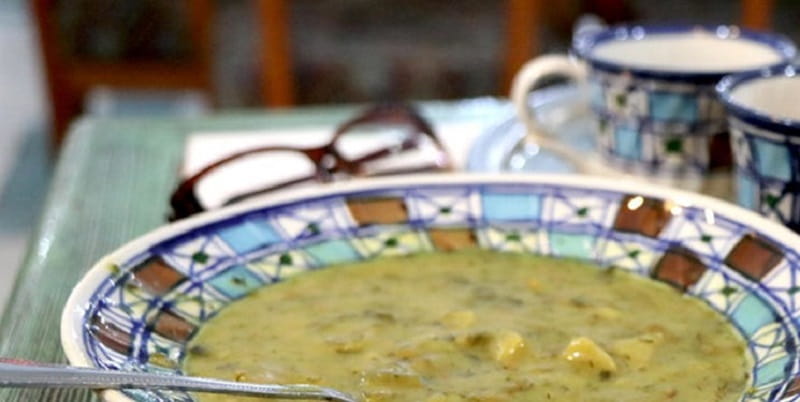
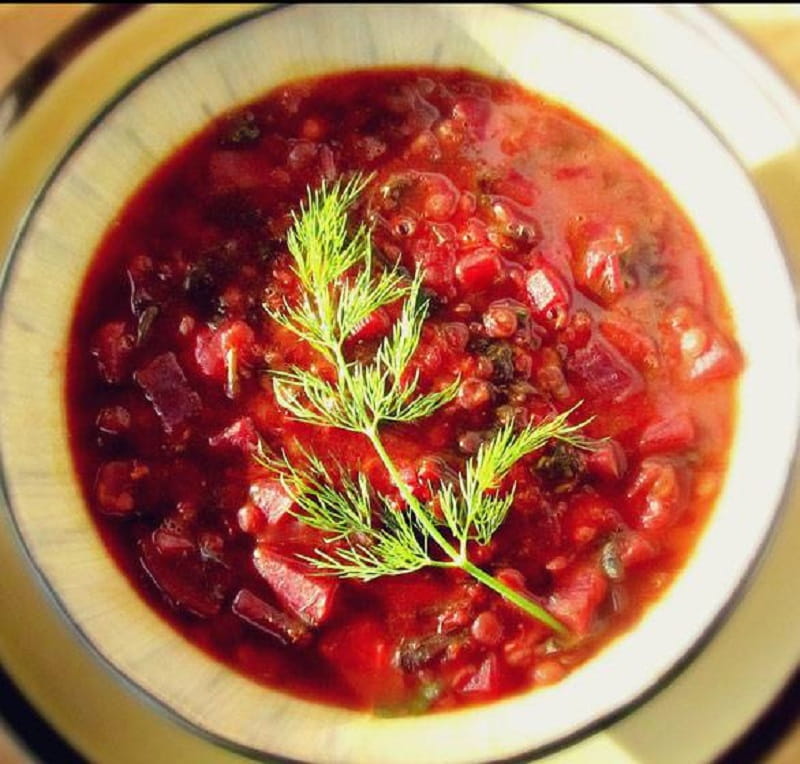



Choose blindless
Red blindless Green blindless Blue blindless Red hard to see Green hard to see Blue hard to see Monochrome Special MonochromeFont size change:
Change word spacing:
Change line height:
Change mouse type:

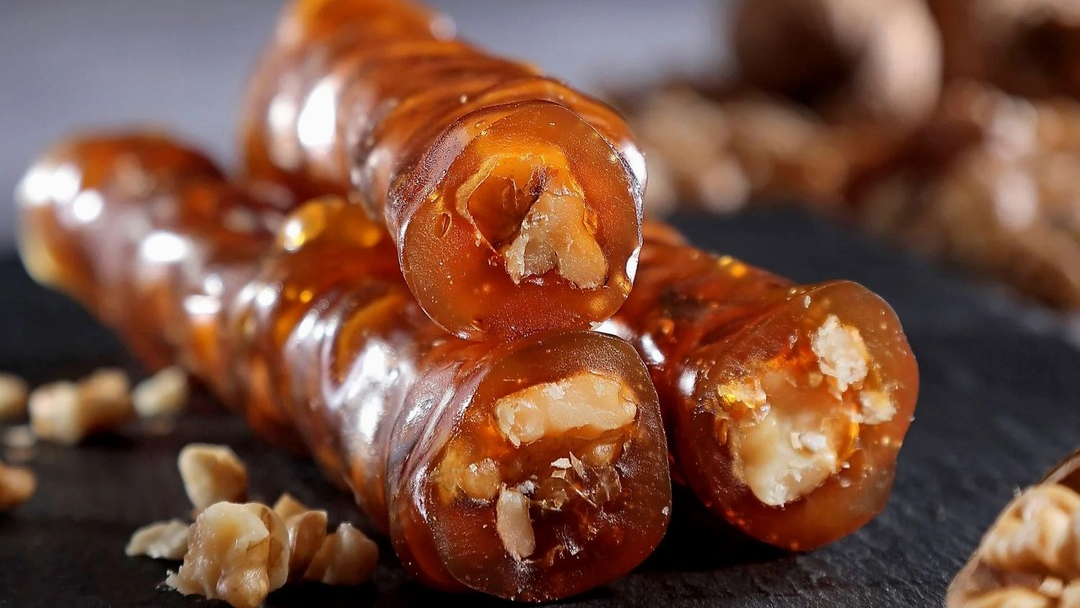
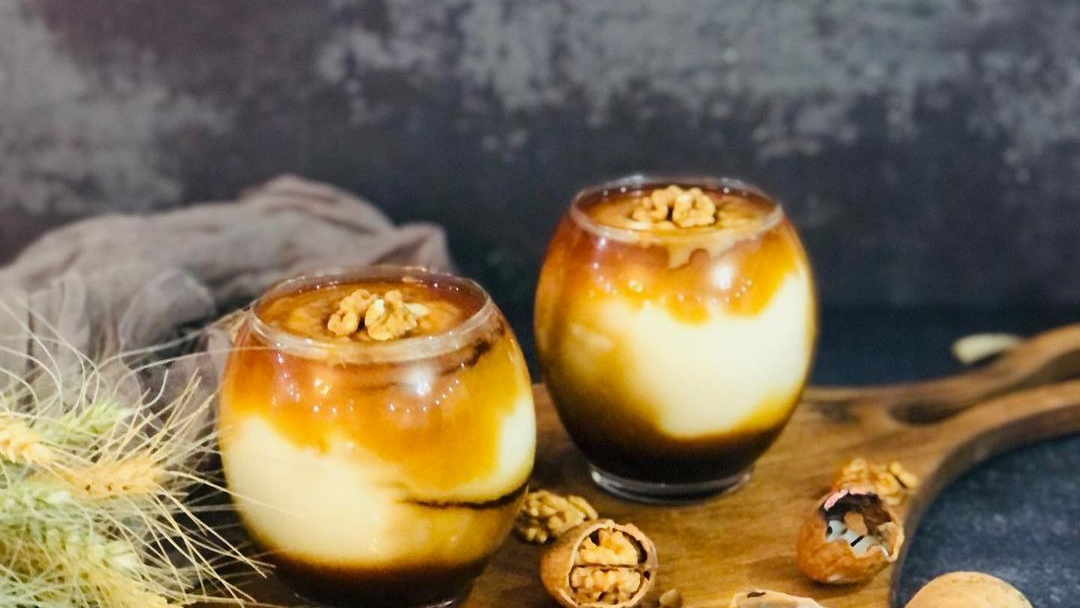

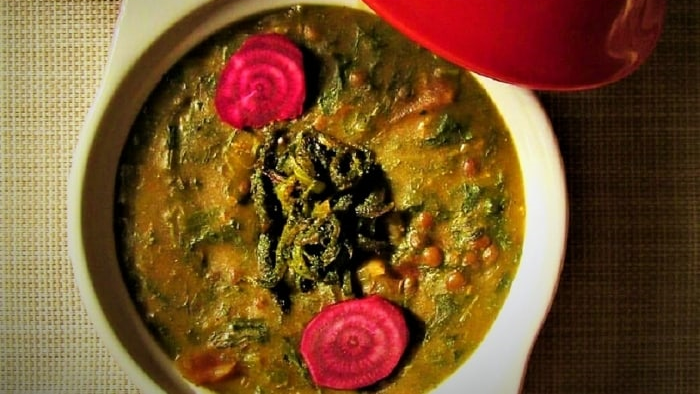
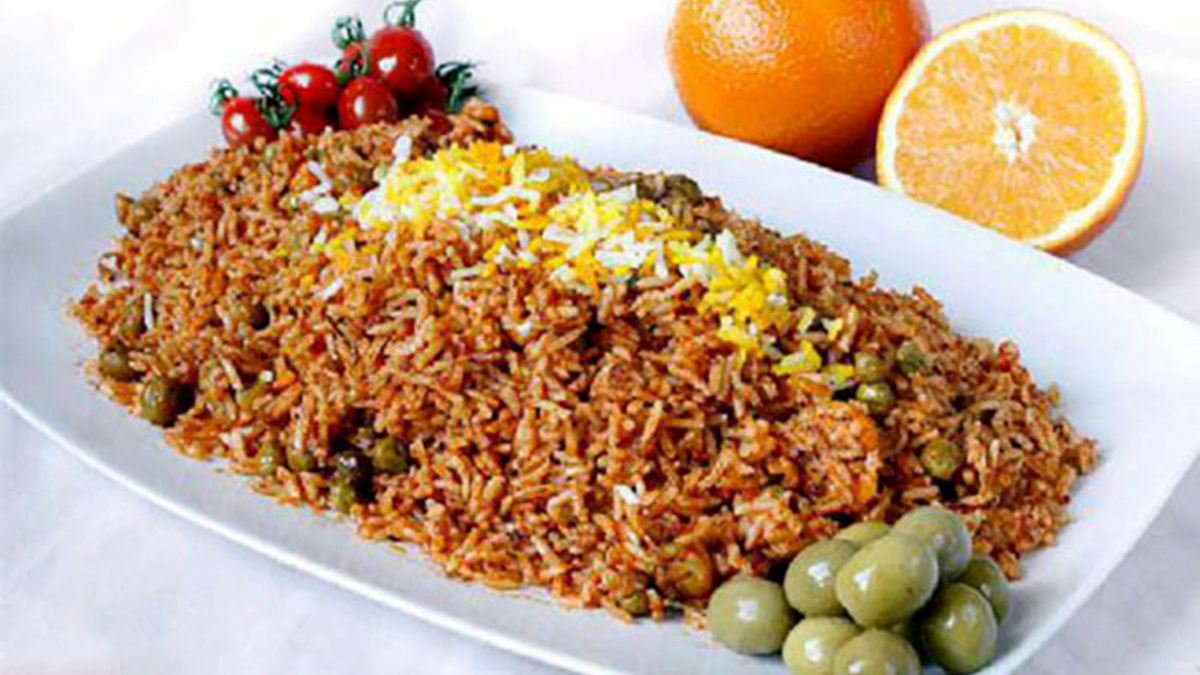

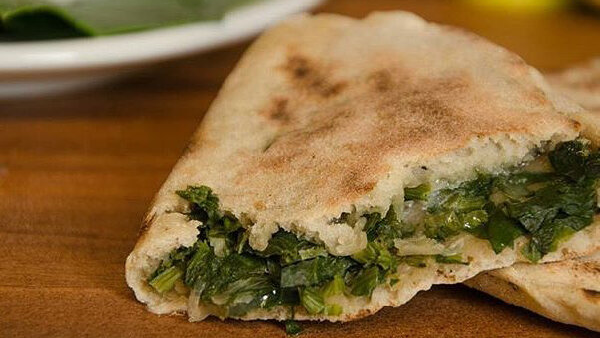

_crop_1.jpg)
